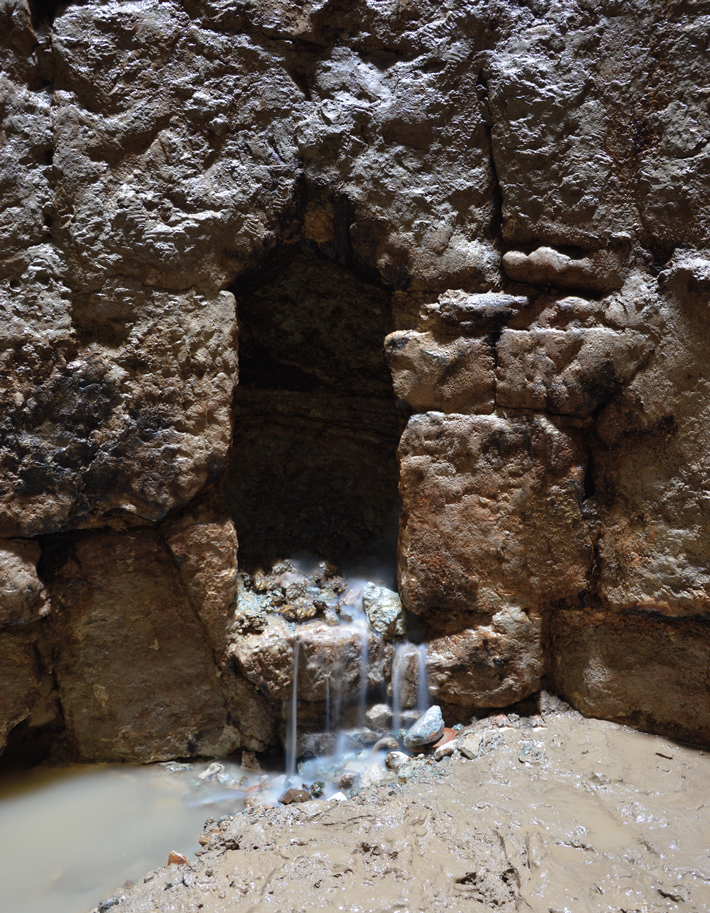The Cursing Well
May/June 2020
 Thirty lead tablets recovered from the bottom of a public well at the edge of the Kerameikos necropolis in Athens have been found to record curses cast by Athenians against their rivals some 2,300 years ago. Several of the tablets were folded and pierced with nails, while others were fashioned in the shape of livers or coffins. A particularly scathing malediction condemns an allegedly promiscuous newlywed named Glykera and her vulva.
Thirty lead tablets recovered from the bottom of a public well at the edge of the Kerameikos necropolis in Athens have been found to record curses cast by Athenians against their rivals some 2,300 years ago. Several of the tablets were folded and pierced with nails, while others were fashioned in the shape of livers or coffins. A particularly scathing malediction condemns an allegedly promiscuous newlywed named Glykera and her vulva.
Until the late fourth century B.C., such Athenian curse tablets were usually deposited in tombs. At that point, according to the first-century B.C. Roman author and orator Cicero, the statesman Demetrius of Phaleron instituted a new law restricting elaborate burials and funeral practices. To evade detection by the officers employed to enforce this law, crafty sorcerers seem to have turned to wells as a more secretive venue for their magic rituals. The Greeks believed that water, and in particular groundwater, was a conduit to the streams of the underworld, explains archaeologist Jutta Stroszeck of the German Archaeological Institute in Athens. “Water nymphs protected the water,” she says, “and were thus thought to be capable of directing the curses to the gods of the underworld.”
TRANSLATION OF THE GLYKERA CURSE TABLET:
We curse Glykera the wife of Dion, to the gods of the underworld, so she be punished and her wedding be unfulfilled. I bind down Glykera, the wife of Dion, to Hermes Eriounios of the underworld, her vulva, her debauchery, her vice and everything of the sinful Glykera
